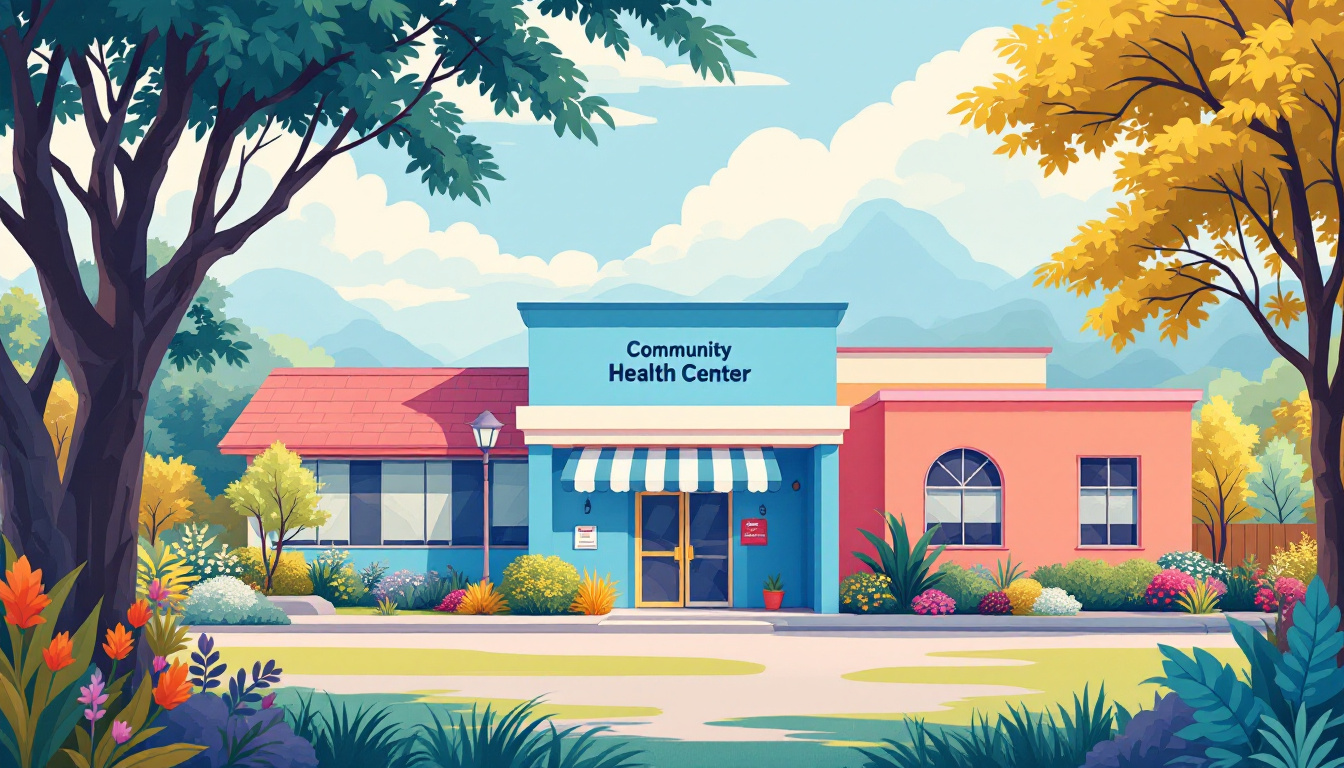Older Adult Fall Statistics and Facts In 2024
February 27, 2025
Exploring older adult fall statistics and facts in 2024 to understand the trends and impact. Stay informed and aware.


Understanding Falls Among Older Adults
When examining the issue of falls among older adults, it is crucial to emphasize the significance of addressing this common yet potentially serious concern. Understanding the importance of addressing falls can lead to effective preventive measures and interventions. Additionally, identifying the various factors contributing to falls plays a key role in developing strategies to mitigate the risks associated with falls.

Importance of Addressing Falls
Falls among older adults are a significant public health issue with far-reaching consequences. Addressing falls is essential to promote healthy aging and quality of life among older individuals. By focusing on fall prevention and management, healthcare professionals and communities can work together to reduce the incidence of falls and their impact on older adults.
Factors Contributing to Falls
Falls among older adults can be attributed to a combination of physical, environmental, and behavioral factors. Understanding these contributing factors can help healthcare providers and caregivers tailor interventions to address specific risks faced by older individuals. By identifying and addressing the root causes of falls, it is possible to create a safer and more supportive environment for older adults to age in place.
Factors Contributing to Falls:

Recognizing the importance of addressing falls and understanding the multifaceted factors that contribute to falls are crucial steps in improving the safety and well-being of older adults. By raising awareness, implementing preventive measures, and fostering a supportive environment, it is possible to reduce the incidence of falls and enhance the overall quality of life for older individuals.
The Impact of Falls
When examining the repercussions of falls among older adults, it is essential to consider both the immediate and long-term effects. This section delves into the consequences of falls in older adults and the economic and social implications associated with such incidents.

Consequences of Falls in Older Adults
Falls among older adults can lead to a myriad of adverse outcomes, including physical injuries, psychological distress, and reduced quality of life. The most common injuries resulting from falls include fractures, head traumas, and sprains, which can significantly impact an individual's mobility and independence.
The psychological impact of falls should not be underestimated, as older adults who experience falls may develop fear of falling again, leading to social isolation and decreased participation in daily activities. Furthermore, the emotional toll of falls can contribute to anxiety, depression, and a sense of vulnerability among older adults.
Economic and Social Implications
In addition to the personal toll, falls among older adults have substantial economic and social ramifications. The financial burden associated with fall-related injuries, including hospitalizations, rehabilitation, and long-term care, places a significant strain on healthcare systems and individuals' finances.
Moreover, falls can disrupt social connections and participation in community life for older adults. Social isolation resulting from fear of falling or physical limitations can lead to loneliness, diminished social engagement, and a decline in overall well-being. Addressing the economic and social implications of falls is crucial for promoting the health and independence of older adults.
By understanding the consequences and broader impact of falls among older adults, stakeholders can implement targeted interventions and support systems to prevent falls, reduce injury severity, and enhance the overall well-being of older individuals in our communities.
Current Fall Statistics in 2024
As we delve into the realm of fall statistics among older adults in 2024, it is imperative to analyze the landscape to better understand the prevalence and trends associated with these incidents.

Overview of 2024 Fall Statistics
To comprehend the scope of falls among older adults in 2024, it is essential to examine the key statistical data pertaining to these occurrences. Below is an overview of the current statistics highlighting the frequency and impact of falls:

The statistics paint a concerning picture of the prevalence of falls among older adults in 2024, underscoring the need for proactive measures to address this issue effectively.
Trends and Patterns in Fall Rates
While understanding the current statistics is crucial, it is equally important to identify any discernible trends and patterns in fall rates among older adults in 2024. By analyzing the data, we can uncover insights that may inform targeted interventions and preventive strategies. Some notable trends include:
- Seasonal Variations: Higher fall rates observed during winter months due to slippery surfaces.
- Time of Day: Increased falls reported in the evening hours when visibility may be reduced.
- Location Trends: Higher fall rates in residential settings compared to public spaces.
By identifying these trends and patterns, stakeholders can tailor interventions to address specific risk factors and mitigate the incidence of falls among older adults in 2024.
Risk Factors for Falls
Understanding the various risk factors associated with falls among older adults is crucial in implementing preventive measures. These risk factors can be categorized into three main types: physical, environmental, and behavioral.
Physical Risk Factors
Physical risk factors play a significant role in increasing the likelihood of falls among older adults. These factors can include:

Ensuring regular physical assessments and addressing any identified physical impairments can help mitigate these risk factors and reduce the chances of falls.
Environmental Risk Factors
Environmental risk factors refer to aspects of the surroundings that can contribute to falls among older adults. Examples of environmental risk factors include:

Adapting the living environment by improving lighting, removing hazards, and installing safety features can help create a safer space for older adults to navigate.
Behavioral Risk Factors
Behavioral risk factors encompass lifestyle choices and habits that can contribute to the risk of falls. Common behavioral risk factors include:

Educating older adults on the importance of staying active, wearing appropriate footwear, managing medications, and avoiding risky behaviors can help address these behavioral risk factors and reduce the likelihood of falls.
By recognizing and addressing these physical, environmental, and behavioral risk factors, individuals and caregivers can take proactive steps towards preventing falls and promoting safety among older adults in their daily lives.
Prevention Strategies for Falls
When it comes to reducing the risk of falls among older adults, implementing effective prevention strategies is crucial. Three key strategies that have shown to be impactful in preventing falls are exercise and strength training, home modifications, and medication management.
Exercise and Strength Training
Regular exercise and strength training play a significant role in improving balance, coordination, and muscle strength, all of which are essential in preventing falls. Engaging in activities like walking, yoga, tai chi, or specific balance exercises can help older adults enhance their physical stability and reduce the likelihood of falls.
It's recommended that older adults aim for at least 150 minutes of moderate-intensity aerobic exercise per week, along with activities focusing on strength and balance. By incorporating a variety of exercises into their routine, older adults can improve their overall fitness level and decrease the risk of falls.
Home Modifications
Making modifications to the home environment can significantly reduce the hazards that may contribute to falls. Simple changes like installing grab bars in bathrooms, ensuring adequate lighting in all areas, removing clutter or tripping hazards, and securing loose rugs can create a safer living space for older adults.

By assessing the home for potential risks and making necessary modifications, older adults can create a safer environment that supports their independence and reduces the likelihood of falls.
Medication Management
Proper medication management is essential in preventing falls among older adults. Certain medications, especially those that cause dizziness, drowsiness, or affect balance, can increase the risk of falls. It's important for older adults to regularly review their medications with healthcare providers and pharmacists to identify any potential side effects that may impact their risk of falling.
Older adults should be educated on the importance of taking medications as prescribed and understanding the potential side effects. They should also be aware of drug interactions and be proactive in discussing any concerns with their healthcare team.
By focusing on exercise and strength training, home modifications, and medication management, older adults can take proactive steps to reduce their risk of falls and maintain their overall health and well-being. These prevention strategies emphasize the importance of a holistic approach to fall prevention that addresses both physical and environmental factors.
Promoting Fall Awareness
In the effort to raise awareness and reduce the incidence of falls among older adults, various strategies and initiatives are implemented. Education and awareness campaigns, community initiatives, and support networks play a crucial role in promoting fall awareness and prevention.
Education and Awareness Campaigns
Education and awareness campaigns are essential in disseminating information about fall risks, prevention strategies, and available resources. By educating older adults, caregivers, and healthcare professionals, these campaigns aim to increase knowledge about fall prevention and empower individuals to take proactive measures to reduce the risk of falls.
Community Initiatives
Community initiatives focus on creating a safe and supportive environment for older adults to thrive in. These initiatives often involve collaboration between healthcare providers, local organizations, and government agencies to implement programs that address fall prevention, provide access to resources, and support overall well-being. By fostering a community that prioritizes fall prevention, older adults can receive the necessary support and services to maintain their independence and safety.
Support Networks for Older Adults
Support networks play a vital role in providing older adults with the assistance and resources they need to prevent falls and stay healthy. These networks may include support groups, social services, helplines, and peer mentoring programs. By connecting older adults with others who have experienced similar challenges, support networks offer emotional support, practical guidance, and a sense of community that can help individuals navigate the complexities of fall prevention.
Through a combination of education and awareness campaigns, community initiatives, and support networks, the promotion of fall awareness can have a significant impact on reducing fall-related incidents among older adults. By working together to raise awareness, provide resources, and offer support, communities can create a safer and more inclusive environment for older adults to age with dignity and independence.
Sources
https://www.helpguide.org/handbook/medical-alert-systems/fall-statistics
https://www.cdc.gov/falls/data-research/facts-stats/index.html
https://www.forbes.com/health/medical-alert-systems/fall-statistics/

























































































.jpeg)











































































































































































































.avif)























































.jpeg)

































































.jpeg)














.jpg)









































.jpeg)









































































.avif)




.avif)

















































.avif)








































































































































































